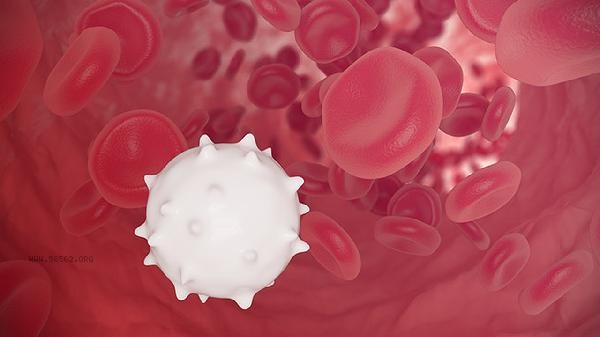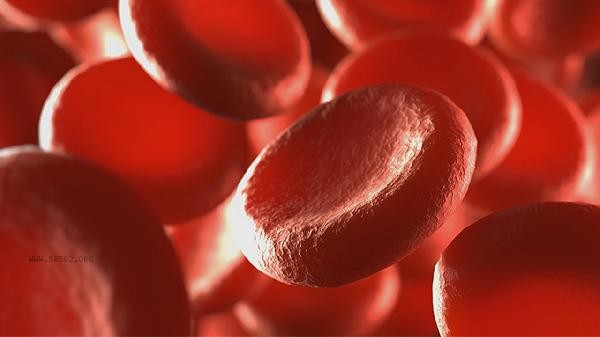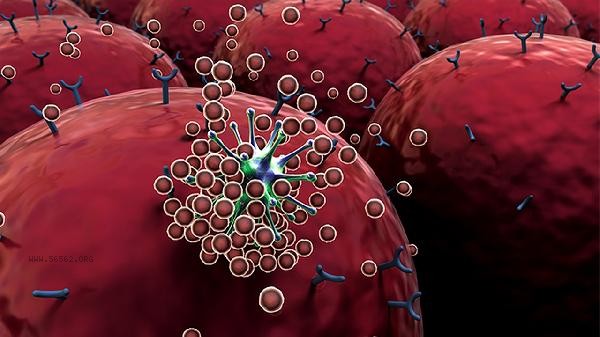A high average red blood cell volume usually indicates diseases such as megaloblastic anemia, iron deficiency anemia in the recovery period, and alcoholic liver disease. The main influencing factors include vitamin B12 deficiency, folate deficiency, long-term alcohol consumption, hemolytic anemia, and myelodysplastic syndrome.

1. Vitamin B12 deficiency:
Vitamin B12 is an essential substance for the maturation of red blood cells. Deficiency can lead to impaired DNA synthesis in red blood cells, resulting in the production of immature red blood cells with increased volume. Commonly seen in long-term vegetarians and patients after gastrectomy. Diagnosis can be confirmed through serum vitamin B12 testing, and treatment requires supplementation of vitamin B12 preparations.
2. Folic acid deficiency:
Folic acid is involved in the synthesis of red blood cell nuclear proteins, and insufficient intake or absorption disorders can cause megaloblastic anemia. Pregnant women, alcoholics, and patients with chronic diarrhea are high-risk groups. Serum folate level testing can provide a clear diagnosis, and oral folate tablets are needed for treatment and improvement of dietary structure.
3. Long term alcohol consumption:

Alcohol can directly damage bone marrow hematopoietic function, inhibit folate absorption, and lead to an increase in red blood cell volume. Patients often have abnormal liver function, and their indicators can gradually recover after quitting drinking. Liver function tests and alcohol dependence assessments are required.
4. Hemolytic anemia: When red blood cell destruction accelerates, the bone marrow compensates by releasing immature large volume reticulocytes, causing a false increase in average volume. May be accompanied by jaundice and splenomegaly, and require comprehensive judgment based on indicators such as bilirubin and reticulocyte count. 3. Abnormal bone marrow proliferation: Abnormal bone marrow hematopoietic function can lead to pathological hematopoiesis, resulting in uneven volume of red blood cells. Middle aged and elderly people are more common and may progress to leukemia, requiring bone marrow puncture for diagnosis. Manifested as refractory anemia accompanied by leukopenia or thrombocytopenia.
It was found that the average red blood cell volume is relatively high, and testing for iron metabolism, folate, vitamin B12, etc. should be improved. Abstinents from alcohol should persist in withdrawal. Daily intake of foods rich in hematopoietic materials such as animal liver and dark green vegetables should be increased to avoid nutrient loss caused by excessive cooking. Long term failure to improve or accompanied by bleeding tendency and weight loss requires consultation with a hematology department to rule out malignant hematological diseases. Pregnant women and women preparing for pregnancy should regularly monitor their folate levels to prevent fetal neural tube defects.









Comments (0)
Leave a Comment
No comments yet
Be the first to share your thoughts!